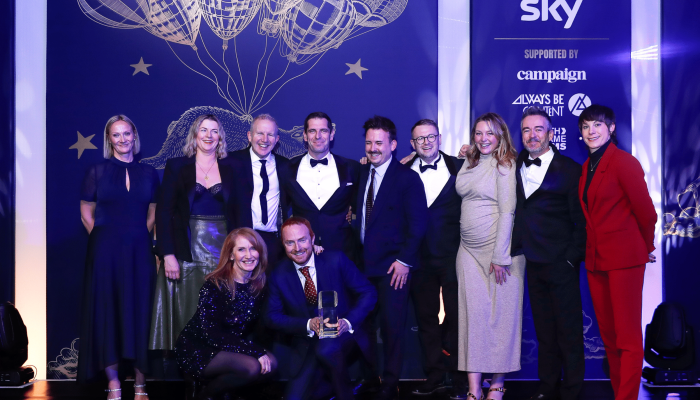Programmatic savants from brands across Europe gathered in Twickenham this week for two days of intense debates and discussions surrounding programmatic best practices. The event was attended by a high number of brands who have in-housed their programmatic media buying, and are keen to share their experiences and learn from their peers. While in-housing continues to be a bold and brave move for any brand, we’re seeing strong solidarity and openness amongst the early adopters, who ultimately landed on 5 key takeaways for any brand considering an in-house approach to their programmatic strategy.
1. Customise your algorithms FTW
Experimentation with custom algorithms seems to have become the norm (see my prediction of this in Campaign!). Queralt Costa Gallardo of Melia group shared that, “Optimising in a DSP according to algorithmic attribution is a challenge… Instead we use Custom Algorithms for tactical and strategic campaigns to optimise towards quality and ROI.” Renata Dadic from Deutsche Bank shared that they have one internal data scientist and two external data scientists who have been developing their own algorithms in house to drive marketing success. She said, “if you get it all right, the result is a better customer experience.” Some DSPs offer a range of solutions for optimisation, from standard algorithms, to bid modifiers, to bid models and then full custom algorithms, it’s great to see brands maximising their return on investment by investing in these opportunities.
2. Get transparency throughout the supply chain
As always, transparency was high on the agenda. There was some debate following the presentation of Mediacom’s Oliver Gertz, with Bert Jan Ten Kate (Massarius) questioning the maths on what percent of spend actually went to the publisher. Ben Walmesly of News UK was very clear that any time a publisher (or a brand) is working with a vendor on a percentage of media model, there is potential risk of additional fees being taken. Later on in the conference, Damon Reeve from the Ozone Project shared his thoughts that Publishers need to start to behave like platforms if they are to come back to be an equal partner in the transaction.
3. Don’t be put in a box!
Across the board, brands attending shared that they are moving away from segments and instead moving to user scoring models. The user-scoring approach allows them to assess these audiences for their propensity to engage with a message and determine their bidding price accordingly.
Beatrice Lindvall from Danone shared how their customers fit into many segments, and frequently break stereotypes. As a result,Danone have moved to thinking about their customers in tribes. Remy Merchx from Radisson shared a similar change in approach over the last 18 months, as Radisson have moved from segmenting their customers based on a single interest (leisure traveler or business traveller) and instead switched to a model that takes into consideration the fact that “the needs of each customer are different. And the same customer may have different needs when we’re reaching them on different channels.”
4. Demand control, transparency, and flexibility
Merckx also flagged that they’ve expanded their internal team to take more control over their media buying. He credited their double digit growth for having “taken back control of our consumers. We have control now of our customer data, and it helps us to spend our money more effectively.” Hugo Grimmer of Air France explained that they too have noted significant benefits in three key areas Control, Transparency and Flexibility since moving to a fully in-house model. He said “the best set up is different for every brand, however in-housing has delivered big benefits”.
5. Breed best-practice through bravery
Frédéric Martins of ING shared the journey that the team there has been on in expanding their inhouse team. By taking an in country role, as well as a global role, he’s been able to share best practices from region to region, and not end up in a central ivory towers. Similarly, Qaiser Bachari of Bayer, and Steve Pollack of Nestle both shared that while you have to know your business, the best practices might be different by brand. Bachari said, “All brands are looking for growth. You need to figure out what is the best way to grow your business.”
In conclusion, brands are making big brave moves to address their concerns about their partners, to have better conversations with their customers, and ultimately, to grow their businesses.
By Cadi Jones, Commercial Director EMEA at Beeswax


